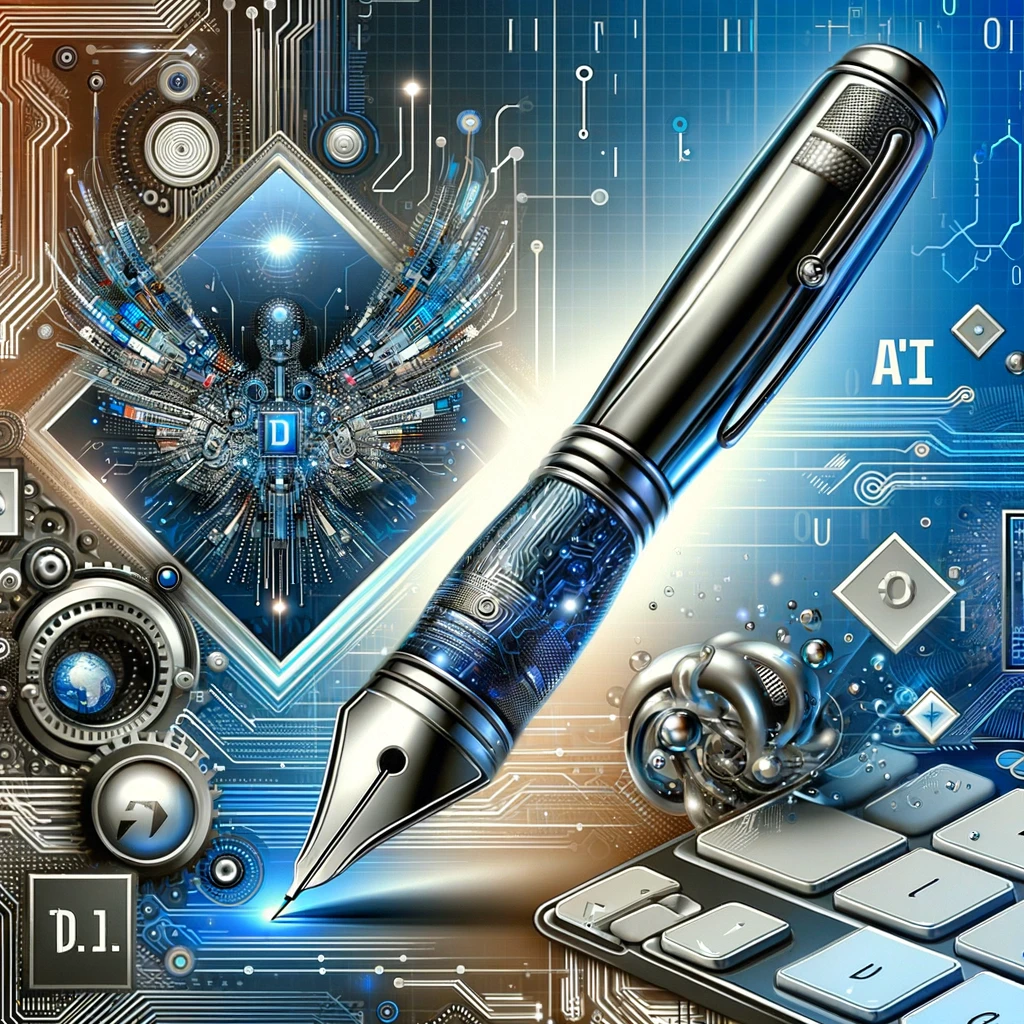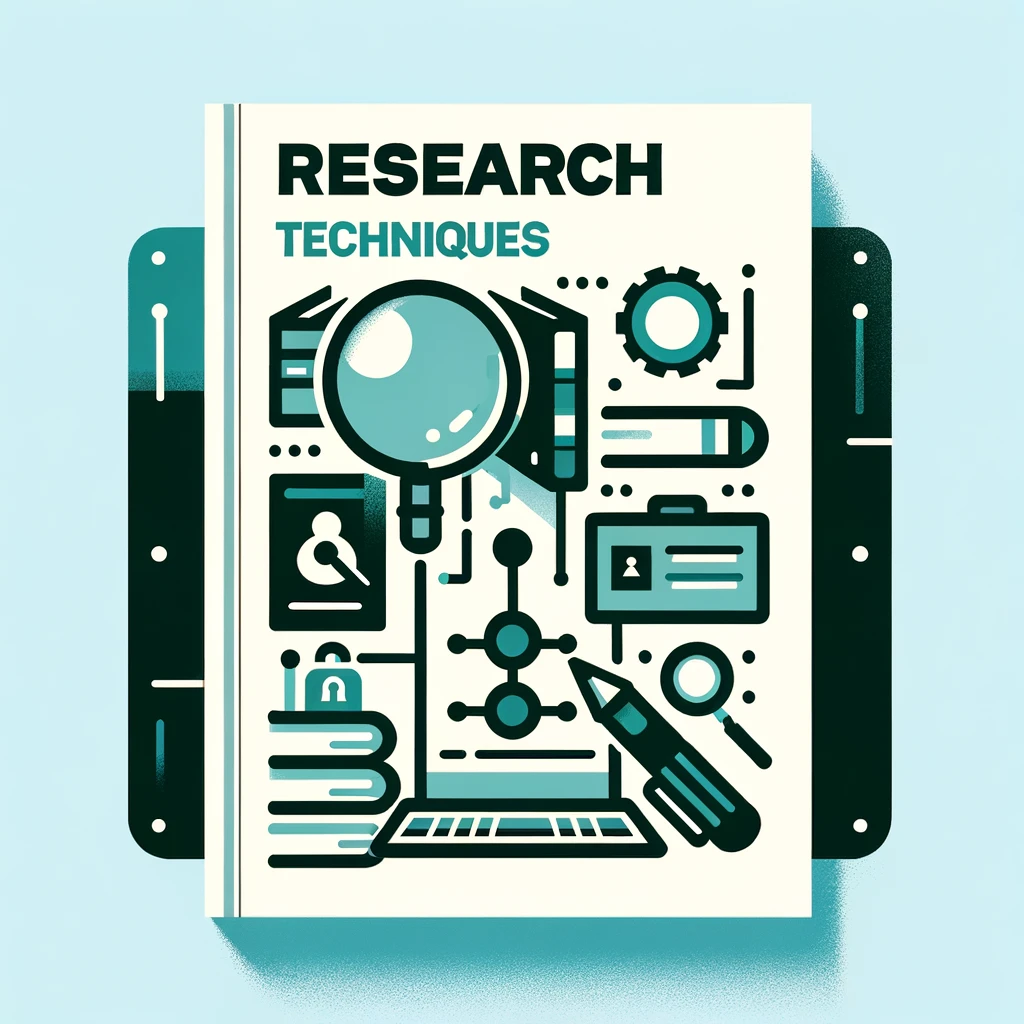
In an era where technology is constantly evolving, its impact on various fields is undeniable. Technical writing, a field inherently intertwined with the latest technological advancements, has seen a significant transformation in its practices and methodologies. This article will explore how technology has influenced technical writing, focusing on the software and tools commonly used, the emerging trends such as Artificial Intelligence (AI), and what the future holds for technical writing in the digital age.
Software and Tools Commonly Used in Technical Writing
The evolution of technology has led to the development of numerous tools and software that have become indispensable for technical writers. These tools have streamlined the writing process, making it more efficient and effective.
- Authoring Tools: Software like Adobe FrameMaker, MadCap Flare, and RoboHelp are widely used for creating and publishing multi-channel, scalable content.
- Documentation Tools: Tools like Confluence and Notion facilitate collaboration and organization of documentation in a user-friendly interface.
- Version Control Systems: Platforms like GitHub and Bitbucket help in tracking and managing changes to documents, especially useful in collaborative environments.
- Graphics and Design Tools: Software such as Adobe Illustrator and Visio are used to create high-quality images and diagrams for technical documents.
Emerging Trends: AI and its Influence on Technical Documentation
Artificial Intelligence is reshaping the landscape of many fields, including technical writing. AI’s influence is evident in several aspects:
- Automated Content Generation: AI algorithms can now produce basic content, aiding in rapid documentation development.
- Natural Language Processing (NLP): Tools powered by NLP assist in improving the clarity and readability of technical documents.
- Chatbots and Virtual Assistants: These AI-driven tools are increasingly being used for providing instant, automated user assistance.
While AI offers numerous advantages, it also poses challenges such as ensuring the accuracy of generated content and maintaining the human touch in technical communication.
The Future of Technical Writing in the Digital Age
The future of technical writing in the digital age is promising yet challenging. With the continuous advancement of technology, the role of a technical writer is evolving.
- Increased Demand for Technical Writers: As more industries become technologically oriented, the demand for skilled technical writers to explain these technologies increases.
- Integration with Emerging Technologies: Technical writers must adapt to emerging technologies like augmented reality (AR) and virtual reality (VR) for more interactive documentation.
- Focus on User Experience: There is a growing emphasis on enhancing user experience in technical documentation, requiring technical writers to develop skills in UX design and user research.
Conclusion
The role of technology in technical writing is both transformative and integral. As we move forward, the intertwining of technical writing with advanced software, AI, and other emerging technologies will continue to redefine the scope and methodologies of the field. For technical writers, staying abreast with these technological advancements is no longer optional but necessary to thrive in the ever-evolving landscape of technical communication.



